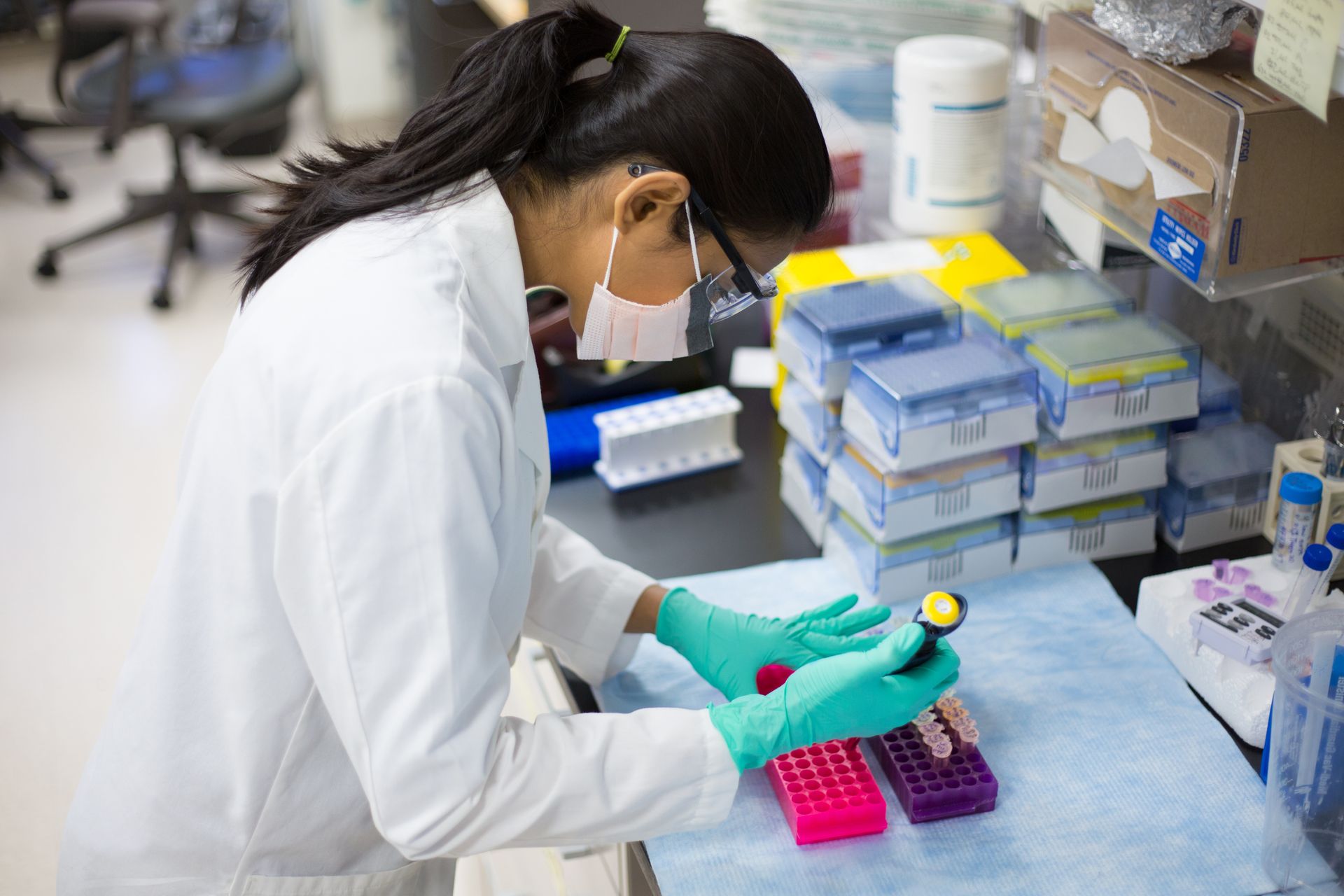What is the Highest Paying Bioengineering Scientist Position?
Fladger Associates recommend if you’re looking for a career in science that pays well, think about becoming a bioengineering scientist. Bioengineering is a new field that combines biology and engineering principles to create solutions to problems in the life sciences. Indeed, some of the highest-paid positions are in research and development.
Bioengineering scientists who work in research and development earn salaries that are above the national average. They also have the potential to earn bonuses and other forms of payment. However, the duties of a bioengineering scientist vary depending on their position, but they involve working with teams of engineers and biologists to develop new products or processes.
Some bioengineering scientists may also be involved in teaching and public outreach. If you’re interested in becoming a bioengineering scientist, there are different paths you can take. For this reason, many bioengineering scientists start their careers as engineers or biologists before transitioning into this field.
Others may enter the field after doing a bachelor’s or master’s degree in bioengineering. Further, whatever path you choose, you’ll need to be prepared to work hard and stay up to date on the latest advances in this changing field.
The Highest-Paying Bioengineering Scientist Positions
What is Bioengineering?
The application of engineering ideas and design concepts to medicine and biology for the purpose of providing healthcare is known as bioengineering, also known as biomedical engineering (e.g., diagnostic or therapeutic). By fusing the design and problem-solving abilities of engineering with biological sciences, this subject aims to bridge the gap between engineering and medicine. Working to improve diagnosis, observation, and therapy in the medical field.
There are many types of bioengineering scientists. The highest-paying positions require the most education and experience. Such as research positions in pharmaceutical companies or senior-level management positions in healthcare organizations.
What are the Highest-Paying Bioengineering Scientist Positions?
A research position in a pharmaceutical company is the highest-paying bioengineering position. These positions require a Ph.D. in bioengineering or a related field and several years of post-doctoral research experience. Other high-paying positions include senior-level management positions in healthcare organizations, which may require an MBA or other advanced degree, besides a Ph.D. in bioengineering.
The average salary for a bioengineering scientist is $95,000. However, salaries can vary depending on experience, employer, and location. For example, entry-level bioengineering scientists may earn $60,000, while senior-level scientists may earn $120,000 or more.
What Responsibilities Does a Bioengineering Scientist Have?
The responsibilities of a bioengineering scientist vary depending on their position and specialty within the field. However, all bioengineering scientists use their knowledge of engineering principles and biology to solve problems related to healthcare. This may involve developing new medical devices or therapies, designing clinical trials for new treatments; conducting research on how diseases develop and progress. Along with working on improving existing healthcare technologies.
It is a rewarding career in bioengineering. People should be prepared to work hard. However, anyone can become a bioengineering scientist with the right education and training.
The Most Popular Bioengineering Scientist Positions
What are the Most Popular Bioengineering Scientist Positions?
The three most popular positions for bioengineering scientists are research and development, production, and quality control. However, there are many positions within the field of bioengineering. For example, some scientists may choose to work in sales or marketing to help promote new bio-engineered products.
Others may choose to work in management to help oversee the production of these products. Further still, others may choose to work in teaching to help train the next generation of bioengineering scientists. Although a career in bioengineering may be demanding, it is also very rewarding.
Helping to develop new products that improve people's lives is a great feeling. Knowing that your work is making a difference in the world is one of the most satisfying aspects of this career.
What are the Responsibilities of a Bioengineering Scientist?
The duties of a bioengineering scientist vary depending on their position. However, all bioengineering scientists conduct research and develop products or processes to improve the quality of life for people with disabilities or chronic illnesses. Likewise, they may also work in manufacturing to produce medical devices or pharmaceuticals or in quality control to ensure that these products meet safety and efficacy standards.
Some bioengineering scientists may also work in sales or marketing, revealing the potential benefits of their products to consumers and healthcare professionals. Others may teach at the collegiate level, training the next generation of bioengineering scientists. No matter their position, all bioengineering scientists contribute to improving the lives of others.
The Career Path of a Bioengineering Scientist
We can divide the career path of a bioengineering scientist into three main stages: research, development, and application.
In the research stage, bioengineering scientists work on basic research projects to advance the understanding of living systems and develop new technologies. This stage is important for generating new ideas and approaches to apply in the development and application stages.
In the development stage, bioengineering scientists take the ideas generated in the research stage and turn them into practical applications. This may involve designing and developing new medical devices or developing new methods for manufacturing drugs or other products.
Finally, in the application stage, bioengineering scientists use their knowledge and skills to solve real-world problems. This may involve working on clinical trials to test new treatments or working with patients to improve their quality of life.
Bioengineering scientists play an important role in improving our understanding of how living systems work and developing new technologies to improve our health and well-being.
Conclusion
In conclusion, the highest-paying bioengineering scientist positions involve research and development, management, and administration. Indeed, the most popular bioengineering scientist positions involve teaching, outreach, research, and development. With this in mind, the career path of a bioengineering scientist is full of opportunity and potential for growth.
For more information, contact us today.










